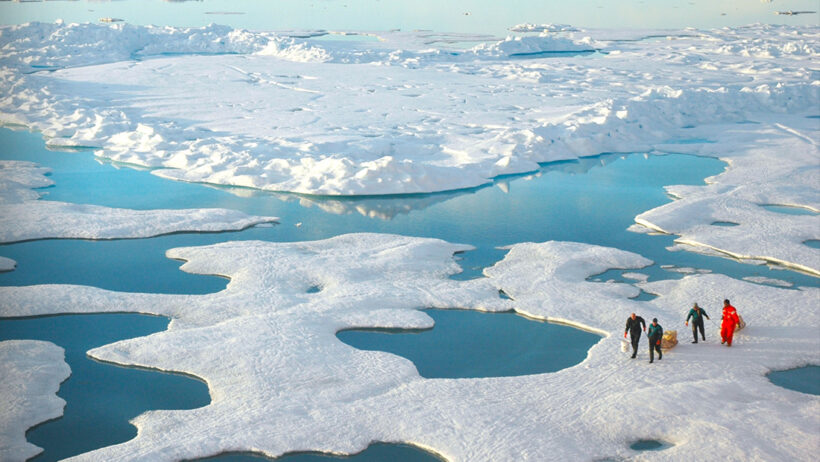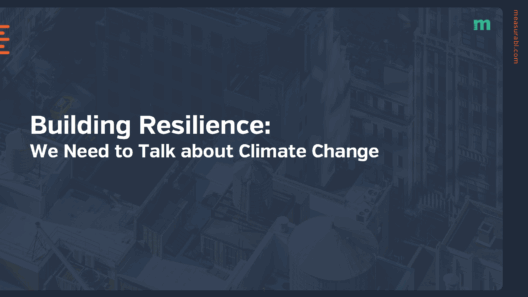Global warming is a looming specter that casts a long shadow over our planet, altering ecosystems and climates in a manner reminiscent of a slow, relentless tide. As we navigate through the complexity of this phenomenon, a critical question arises: does global warming have an impact on oxygen levels in the atmosphere? While the answer may not be straightforward, it unveils a web of intricate connections between climate change, atmospheric chemistry, and biological processes.
To understand this issue, it is essential to dissect the relationship between global warming and the delicate balance of oxygen in the atmosphere. The Earth’s atmosphere is composed primarily of nitrogen (about 78%), followed by oxygen (approximately 21%), with other trace gases contributing to the remaining fraction. This balance has been finely tuned over millennia, shaped by natural processes and life itself.
Carbon Dioxide and Photosynthesis
The most immediate effect of global warming is an increase in carbon dioxide (CO2) levels, driven by human activities such as fossil fuel combustion and deforestation. As CO2 accumulates, it creates a greenhouse effect, trapping heat in the atmosphere and causing global temperatures to rise. This warming can hinder the processes of photosynthesis, the biological mechanism through which plants convert sunlight into energy, releasing oxygen as a byproduct. When temperatures rise, some plant species may struggle to thrive.
This situation can be likened to a musical ensemble where one instrument starts playing out of sync. The orchestra, in this case, represents our ecosystem, with each plant species contributing to the harmony of oxygen production. If certain plants falter due to heat stress or drought, the collective output of oxygen diminishes, albeit subtly at first.
Oceanic Oxygen Levels
Furthermore, the oceans – the lungs of our planet – face their own crisis. Warmer waters hold less dissolved oxygen, a phenomenon known as deoxygenation. Marine life relies heavily on oxygen to survive, and as temperatures rise, the ability of oceans to sustain this vital gas diminishes. Coral reefs, often dubbed the “rainforests of the sea,” are particularly sensitive to these changes. As ocean temperatures rise, coral bleaching occurs, leading to the loss of entire ecosystems that support immense biodiversity and contribute to global oxygen levels.
The analogy of a balloon losing air illustrates this process; the more heat that is applied, the more the balloon shrinks. In this scenario, the balloon represents the oceans’ capacity to hold oxygen, and the heat from global warming is gradually diminishing this life-sustaining resource.
Effects on Soil and Terrestrial Ecosystems
Additionally, the impact of global warming extends beyond water and air to the soil itself. Healthy soil teems with microorganisms that play an integral role in nutrient cycling and oxygen production. When climate change alters precipitation patterns, it affects soil moisture content and, consequently, the health of these microbial communities. A decline in microbial diversity can affect the soil’s ability to store carbon and regulate atmospheric gases, leading to a cascading effect on oxygen availability.
Imagine a garden flourishing under the tender care of a gardener who meticulously attends to it. The soil in this garden thrives, producing an array of vibrant flowers; this vibrant scene represents a healthy ecosystem. Yet, if the gardener neglects it, allowing weeds and pests to take over, the vibrancy fades. Similarly, the loss of soil health due to climate change could lead to less oxygen being produced, thereby affecting the entire ecosystem.
The Human Factor: Urbanization and Deforestation
Compounding these challenges is urbanization and deforestation, which further diminish the Earth’s ability to produce oxygen. Urban areas often come at the expense of green spaces, where trees and plants flourish. Trees are the guardians of our atmosphere, absorbing CO2 and releasing oxygen. Their loss exacerbates the problem, leading to a double whammy: increased CO2 emissions from human activity coupled with reduced oxygen generation from fewer trees.
This is akin to a book with chapters torn out; the narrative of our ecosystem becomes fragmented, leaving crucial passages omitted. As trees fall to the axe of progress, we rob ourselves of the very lifeline that sustains our air quality.
Adaptation and Mitigation Strategies
In spite of these threats, there is hope. Adaptive strategies, such as reforestation and sustainable agriculture, can bolster oxygen levels and enhance overall biodiversity. By nurturing ecosystems, we can reverse some of the detrimental impacts of climate change. Innovative approaches to urban planning that prioritize green spaces can also contribute to enhancing atmospheric oxygen levels in densely populated areas. Moreover, greater awareness about the importance of carbon-neutral practices can lead to societal shifts that recognize the intrinsic value of preserving our forests and oceans.
Ultimately, the essence of combating global warming lies in the collective wisdom of humanity to innovate, adapt, and nurture the precious resources we have left. Just as a symphony relies on the collaboration of its musicians, so too does the health of our planet depend on the harmonious interplay between diverse environmental elements. It is up to us to ensure that the melody of life continues to resonate, providing not only for ourselves but for generations to come.
In conclusion, while global warming does not directly “reduce” atmospheric oxygen levels in a straightforward manner, its broader implications on plant health, oceanic conditions, soil integrity, and human activity collectively contribute to a concerning trajectory. Protecting and nurturing our environment is imperative not just for our survival but for the vitality of our planet’s ecosystems. The air we breathe is a shared treasure, one that demands vigilant stewardship to ensure it remains abundant and life-sustaining.








